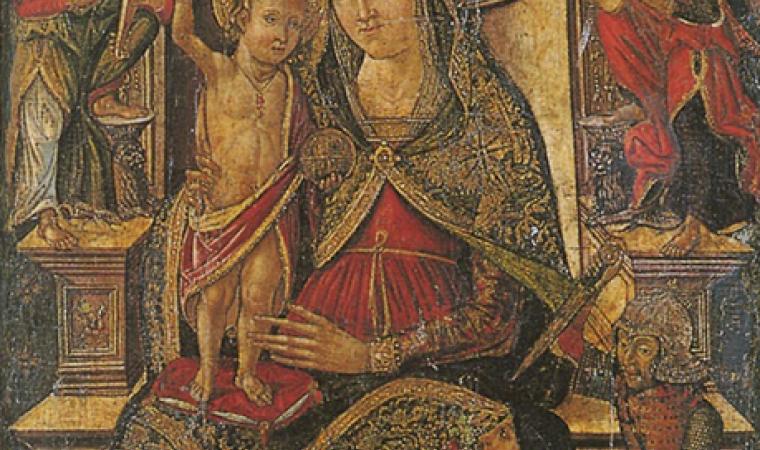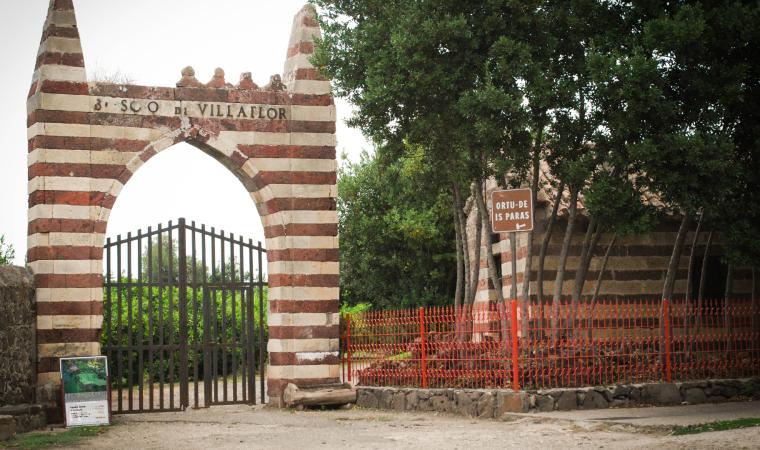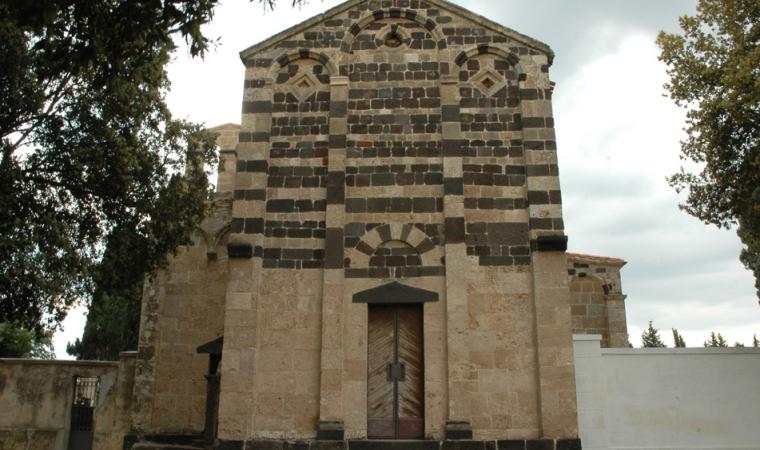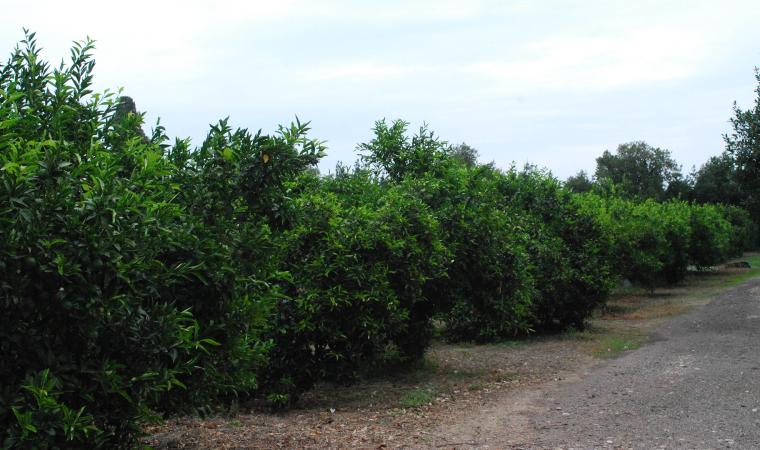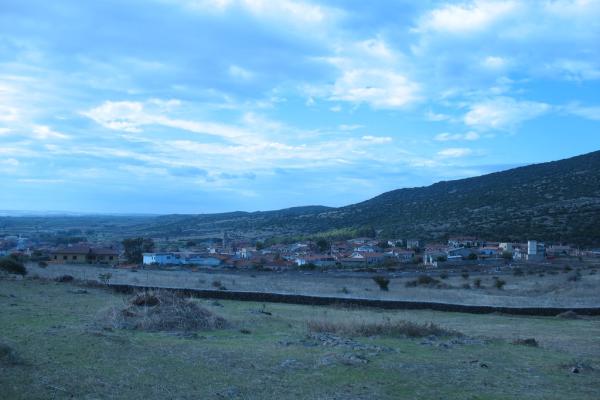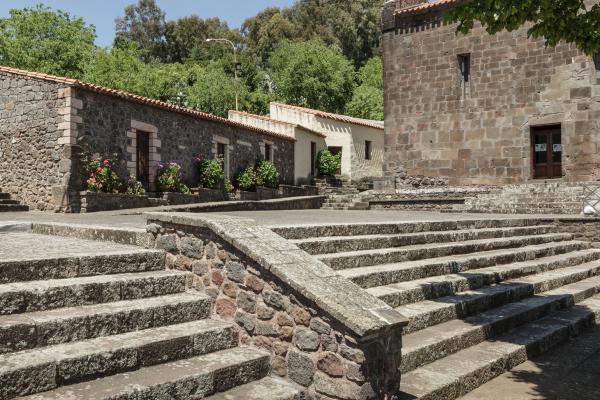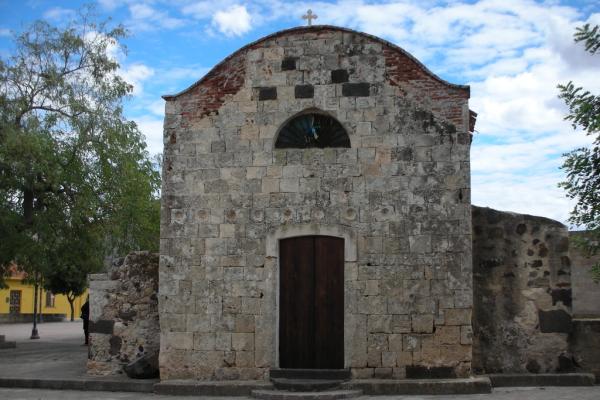Famous for its orchards of citrus fruit, oranges in particular, planted by the Camaldolite monks who settled here in the XIII century building the churches of San Paolo, San Giorgio di Calcaria and San Pietro in Vincoli. Milis is an important agricultural town of more than 1,500 inhabitants nestled in a valley rich with streams and brooks, near the Montiferru mountain range, and lends its name to the northern part of Oristano’s Campidano region. Its name may have come from miles, or soldier, when it was a Roman military settlement. It boasts some well-preserved prehistoric remains in the form of various nuraghe: Cobulas and Tronza along the banks of the riu Mannu.
The verdant landscape is rendered fertile by an abundance of streams and rivers. Orange groves abound and every February a citrus festival is held. Other fine foodstuffs are also grown and made here: cereals, honey and Vernaccia wine. The year’s main event is the Sardinian novello wine festival in November, featuring food and wine, as well as cultural activities. In mid-March, during the feast of San Giuseppe, there is also the chick pea festival. While August boasts an ethnic music and dance festival, La Vega.
Famous for its orchards of citrus fruit, oranges in particular, planted by the Camaldolite monks who settled here in the XIII century building the churches of San Paolo, San Giorgio di Calcaria and San Pietro in Vincoli. Milis is an important agricultural town of more than 1,500 inhabitants nestled in a valley rich with streams and brooks, near the Montiferru mountain range, and lends its name to the northern part of Oristano’s Campidano region. Its name may have come from miles, or soldier, when it was a Roman military settlement. It boasts some well-preserved prehistoric remains in the form of various nuraghe: Cobulas and Tronza along the banks of the riu Mannu.
The verdant landscape is rendered fertile by an abundance of streams and rivers. Orange groves abound and every February a citrus festival is held. Other fine foodstuffs are also grown and made here: cereals, honey and Vernaccia wine. The year’s main event is the Sardinian novello wine festival in November, featuring food and wine, as well as cultural activities. In mid-March, during the feast of San Giuseppe, there is also the chick pea festival. While August boasts an ethnic music and dance festival, La Vega.
At the centre of town is the XVI century Gothic-Aragonese parish church of San Sebastiano, and, facing it, Palazzo Boyl, built by the marquises of Boyl (relatives of the ruling Savoy family) in the early 1800s, an expansion of a noble home from the XIV century. It was the summer residence of such illustrious figures as kings Charles Felix and Charles Albert, of Grazia Deledda, Gabriele D’Annunzio and, in 1838, Honoré de Balzac. It is a fine example of Piemontese Neoclassic architecture with an entrance gallery and Pompeii red façade. It is now home to the museum of Sardinian dress and jewellery, an ethnographic display of textiles, garments and ornaments that cover two centuries of history. In the same building and in casa Murru is an exhibition of ancient agricultural tools. Villa Pernis, an 1800s home, is also very interesting. Just outside of town, set among the citrus groves, is the spectacular two-colour – alternating layers of light limestone and dark basalt –façade of the fine Romanesque church of San Paolo. It was built between 1140 and 1220. It houses paintings from the Catalan school, a baroque altar and wooden statues. The grounds host a war cemetery. Buried here are the remains of soldiers and civilians who fell in the Second World War when Milis was home to an invisible military airport, invisible because it was camouflaged by the orange groves. The church of Santa Vittoria has an important XVII century wooden altar and tombs dating back to the VI and VII centuries. The Boyl family gave the sanctuary the stretcher on which the statue of Jesus is carried during s’Icravamentu, the heartfelt ritual during Holy Week.



